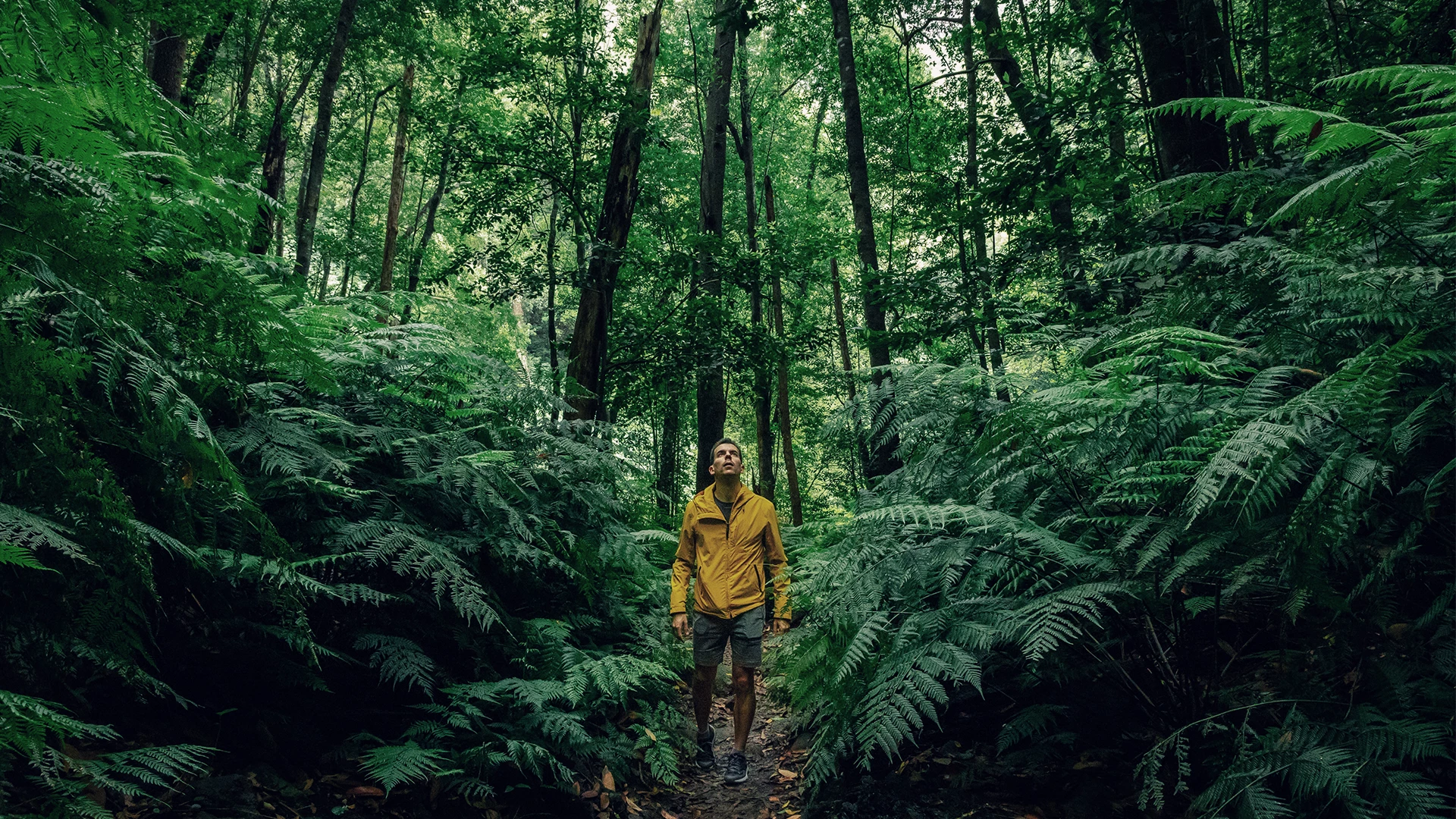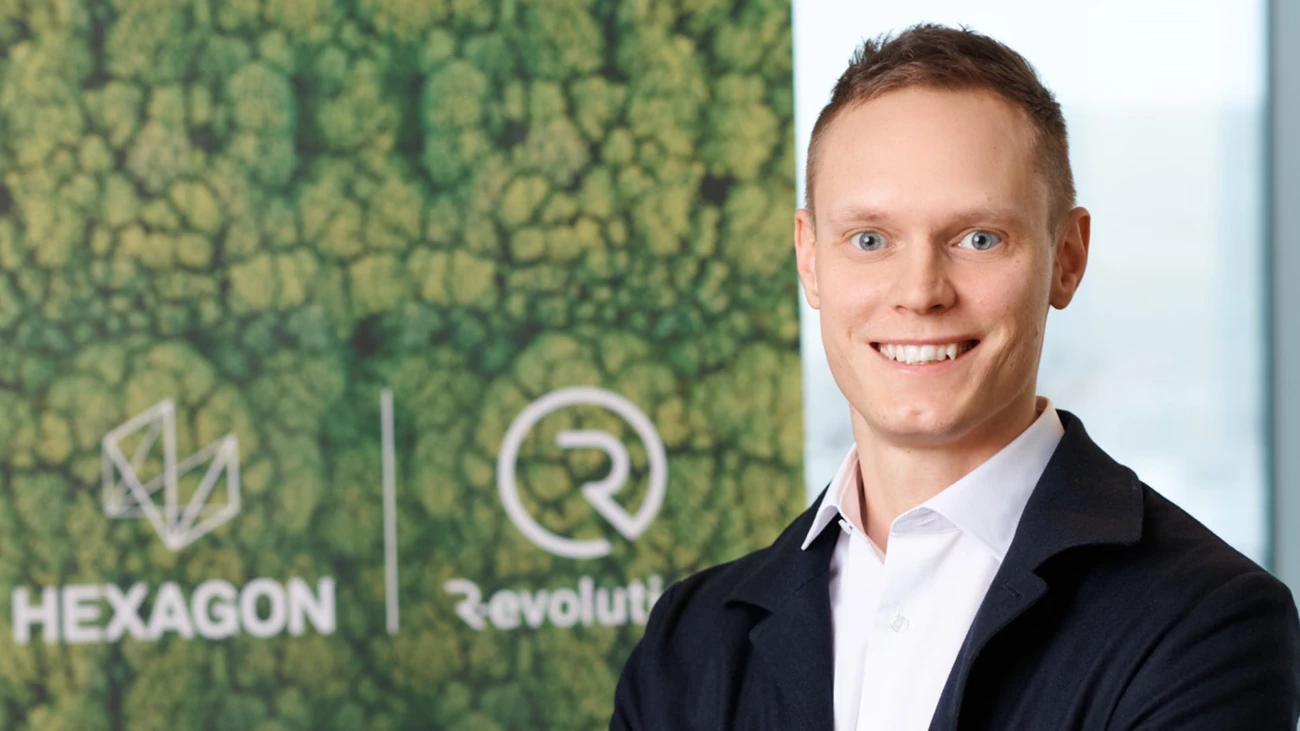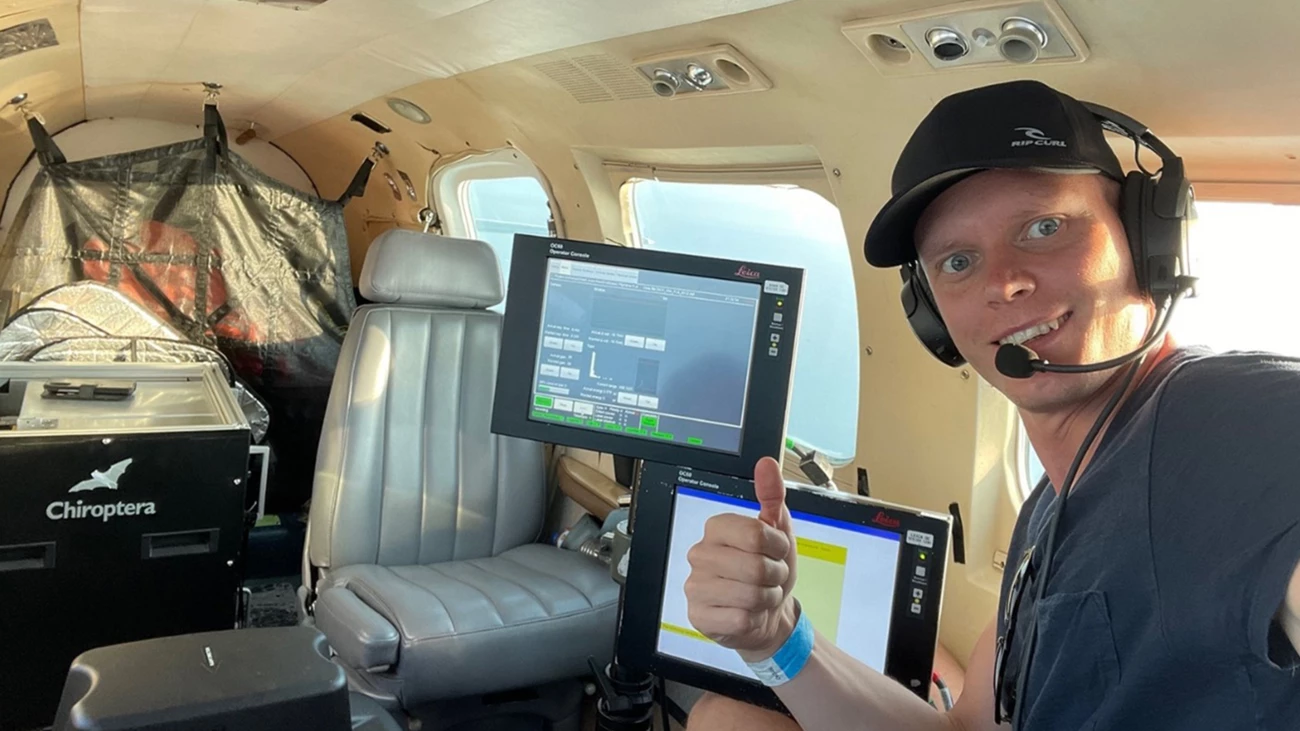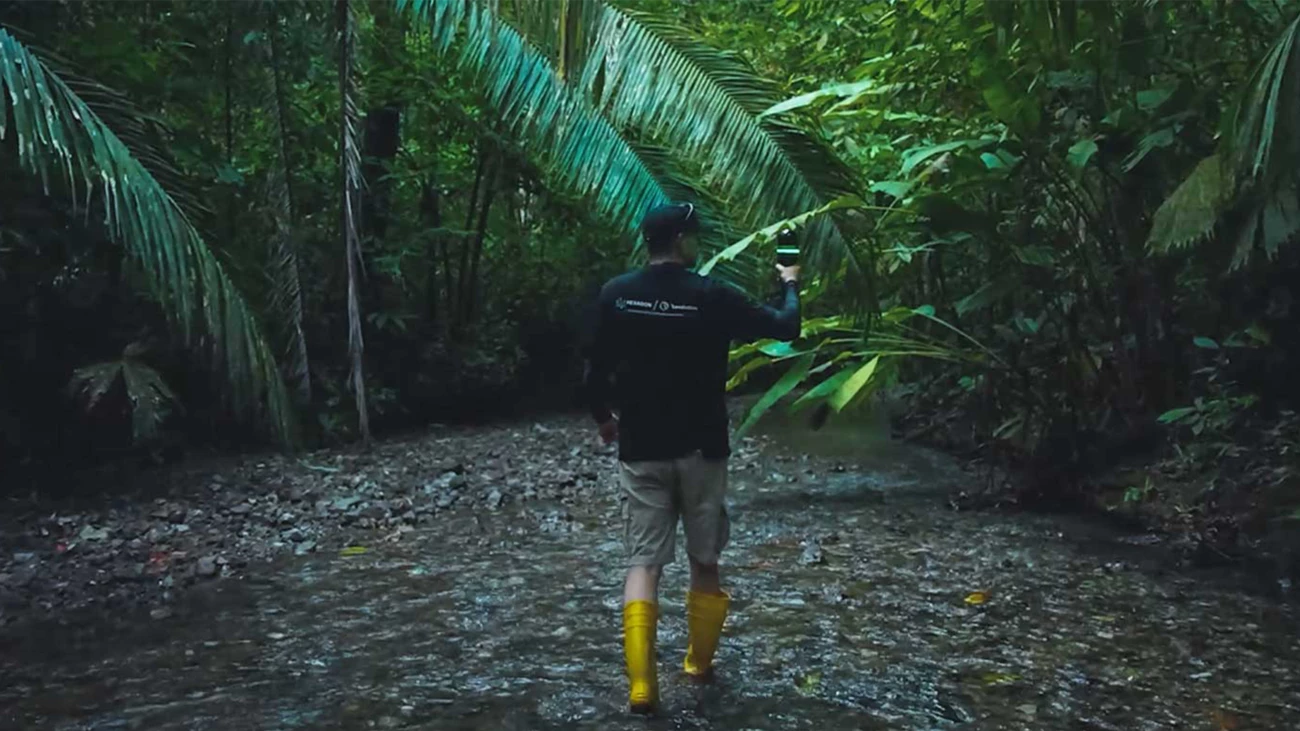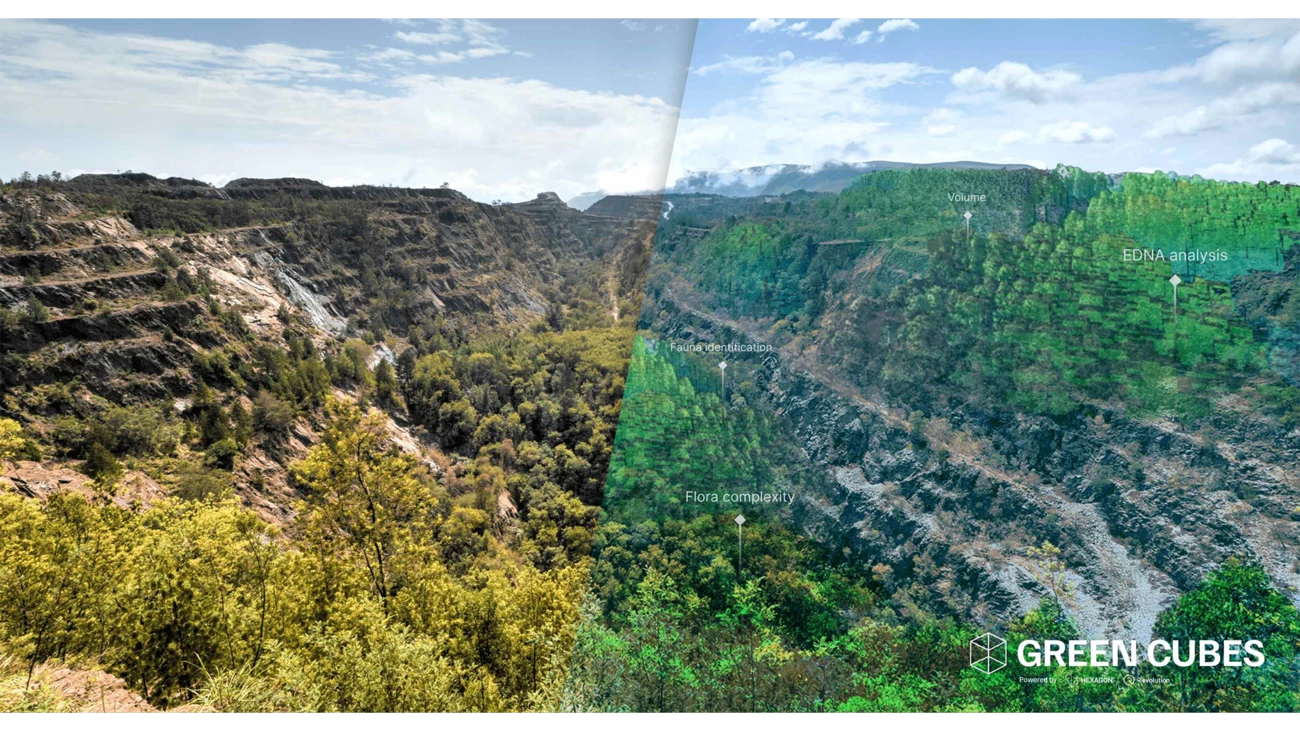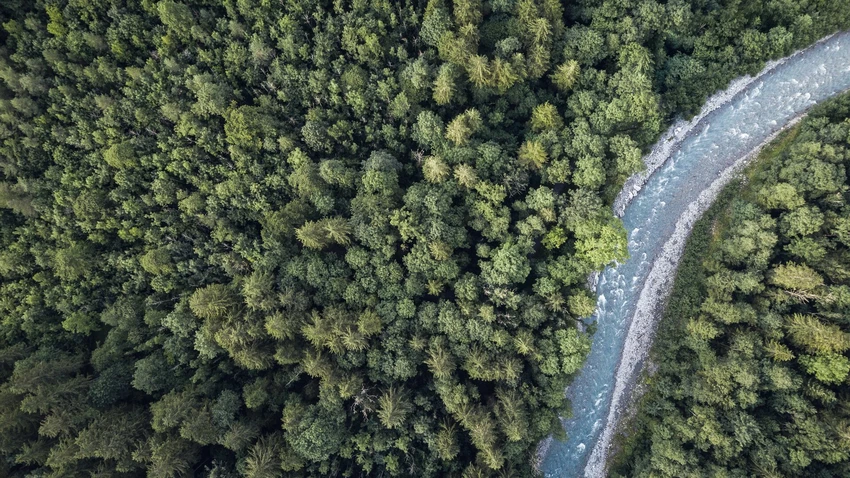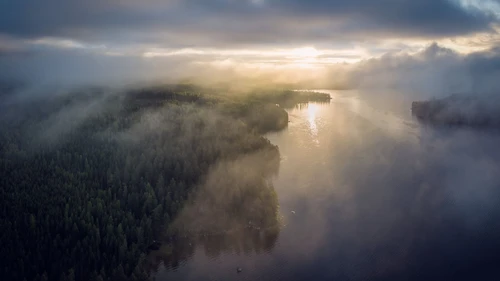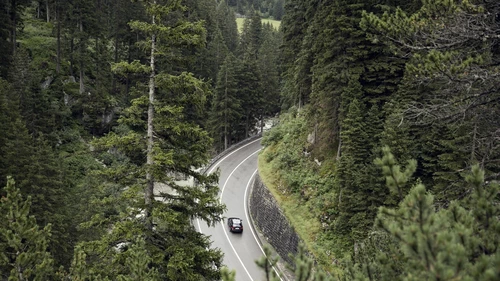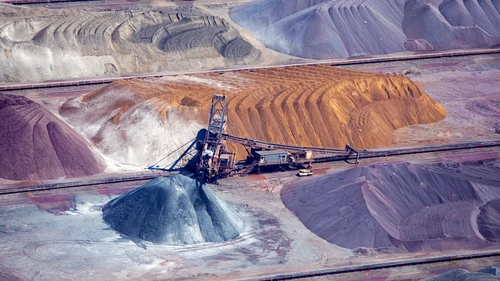Practically speaking, how do you make the decision to get involved in a specific project? Where do you start?
EJ: We follow a very simple mantra: Do and document. There’s not a strict process in place. It’s the speed of execution and entrepreneurship that drives us forward. As soon as someone in our wider organisation sees a business opportunity, they connect with us.
Sometimes we go in and close a deal or even acquire assets. For example, we went down to Spain and acquired our first solar park and then built a second one. Using our visualisation platforms and sensors, we created a digital layer on top to help optimise and control that solar park. We contribute to the group by selling electricity, but our aim is not to be a utility. It’s about creating those lighthouse projects, developing the technology and recipe that others can then use to make their solar parks more efficient. In that case, Google approached us to combine our technology with their data storage engine. That partnership helps scale additional use cases, such as energy forecasting or anomaly detection.
We’ve now built up a strong energy leg. We’ve created similar digital threads for wind and green hydrogen. We also recently launched an initiative to enable sustainable desalination for greater access to clean water.
Could you give some other examples of projects you believe in and feel strongly about?
EJ: One of the most important assets we have on this planet is nature itself, and it’s under threat. So in addition to our energy leg, we’ve also been working on building our “natural capital” leg. That is where we help attribute value to nature by providing accurate measurement and visualisation.
The first project we stumbled on in this area was in the Bahamas. Our sales people were getting requests from a research group for a specialised Hexagon aircraft sensor to map the sprawling underwater seagrass meadows. We decided to join forces to map the seabed habitat, placing sensors on tiger sharks, and using satellite technology, marine vessel surveys, scuba divers as well as Hexagon’s airborne sensor technology. Our scientist partners did core sampling and found that the seagrass roots absorb 10-15 times more carbon than their terrestrial counterparts.
Based on our research, the Bahamian Government is preparing to issue blue carbon credits, which are the first of their kind, with R-evolution as the supplier of multi-dimensional mapping of the seabed. That’s something we continue to work on, also bringing it to other countries.
